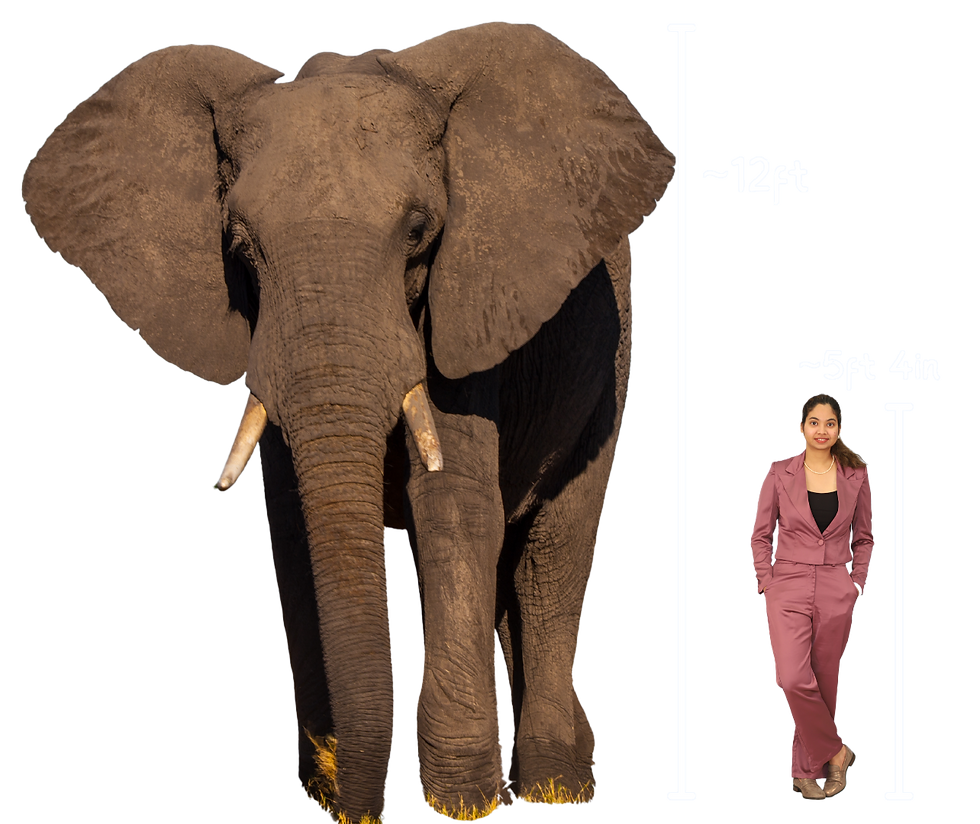

Project Type
Design, Prototyping, Manufacturing
Team Members
Russel Bradley, Rui Li, Tanach Rojrungsasithorn
Affiliation
MIT Device Realization Lab
Motivation
Make FrED accessible for educational institutions, enabling hands-on learning. By reducing production costs and scaling up manufacturing, the project aimed to meet the growing demand for FrED units in teaching environments at MIT, Monterrey Tech, and beyond.
My Role
Design and manufacturing of the extruder, heat block, tower frame, cooling system





Decision Making
Making timely decisions with the right amount of data which have a huge impact on hundreds of people and millions of parts.
Fail Fast
Quick and dirty prototyping to test, eliminate and improve ideas.
Drawings
I mastered creating clear, practical drawings for high-volume production by collaborating with suppliers, metrology, and manufacturing teams.
Design and Manufacturing
They are interconnected yet often siloed. I bridged this gap by embracing a hands-on approach, fostering collaboration, integrating DFM feedback, and addressing pain points for seamless, successful hardware solutions
Keep It Simple
Solutions do not always have to be high tech and expensive. Some times, a simple poke yoke in Design saves thousands of dollars in production
_edited.png)

Cybertruck
As part of the Battery Structures team—a collaborative bridge between battery pack and structures—I managed 15 part numbers. At Tesla, part ownership meant ensuring the owner goes to great lengths to meet project timelines. Whether it was fixing machines at 2 a.m., transporting samples, running trials, troubleshooting supplier production, or testing to address reliability issues, I’ve done it all. Here are the key concepts I applied and lessons learned during this time.


Decision Making
Making timely decisions with the right amount of data which have a huge impact on hundreds of people and millions of parts.
Fail Fast
Quick and dirty prototyping to test, eliminate and improve ideas.
Drawings
I mastered creating clear, practical drawings for high-volume production by collaborating with suppliers, metrology, and manufacturing teams.
Design and Manufacturing
They are interconnected yet often siloed. I bridged this gap by embracing a hands-on approach, fostering collaboration, integrating DFM feedback, and addressing pain points for seamless, successful hardware solutions.
Keep It Simple
Solutions do not always have to be high tech and expensive. Some times, a simple poke yoke in Design saves thousands of dollars in production.
%20(1).png)
%20(1).png)
Process
A systematic product development life cycle (V-model), as listed below, was defined for the development of a low-cost variant of FrED.
-
Defining functional requirements
-
Conceptual design of the low-cost variant of FrED
-
Iterative cycles of prototyping and testing
-
Process plan and sourcing plan
-
Assembly line setup and pilot production
Keeping in mind the principles of Design for manufacturing and assembly (DFMA), the following four points were focused on while design the low-cost variant of FrED:
-
Usage of standard parts wherever possible
-
Reducing the total number of parts while still meeting the functional requirements
-
Taking a modular approach for easy deployment, repair and if required replacement of modules
-
Integrating parts as much as possible

Bolts
Designing bolted joints in components that need to withstand high forces from crash conditions is the key to making strong structures. Bolted joint analysis, torque calculations, material corrosion considerations, packaging constrains, tooling are a few of the many things that have to be looked at while designing these joints.


Snap-Fits
Snap-fits are all around us and also used in automotives. It is a quick and easy way to assemble things on the factory floor and serves as a non-permanent fastening method. Great for repairability of parts. Material selection, glass fill, tolerance calculations, snap engagement, material deformation simulations are a few of the many analyses that need to be performed to get the perfect snap-fit.

New Design

Existing Design

New Design
Results
Cost reduction of 95% and weight reduction of 50% was achieved. The prototypes of the design were built and tested extensively. The process plan has been defined and documented. The supply chain for the materials has been set up. The assembly line has been set up in MIT Building 35. 25 FrEDs have been successfully manufactured and are ready to be deployed to the end users.
Old Design | New Design | |
|---|---|---|
Minimum Extruded Fiber Diameter | ~0.2 mm | 0.15 mm |
Weight | ~10 lbs | 5 lbs |
Unit Costs | $5428 | $269 |


Seals
Everything leaks, even the International Space Station (leak rate of 100SCCM). As a design engineer, it is important to conduct testing to define the allowable leak rate for your application as that will serve as a basis for seal dimensions, material, reliability testing and manufacturing.
Polymers are complicated with their non-linear material properties and we need to derive them using necessary samples and testing.
Seals also go through compression set over time and this needs to be considered while designing them.
The only thing harder than designing a seal is manufacturing one which is in spec. A foam in place gaskets require well defined process parameters defined by performing DoEs. Some DoEs lead to the making of the workstation mascot.
Metals
I worked extensively with steel and aluminum, designing several stamped and extruded parts that were welded, riveted, bolted or stuck together with RTV.
Stamped parts require close collaboration with suppliers during the design phase to make sure that the features are stampable and do not cause high tool wear leading to frequent tooling changes.
The largest stamped part I designed that came to fruition was as tall as an elephant!


